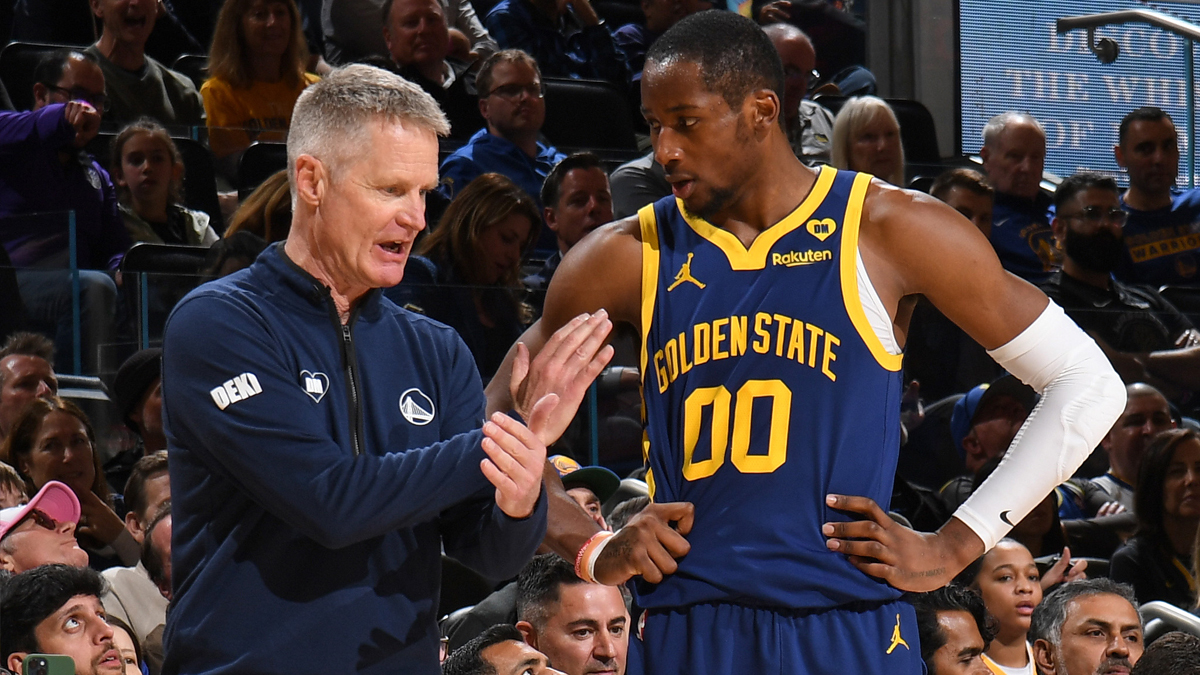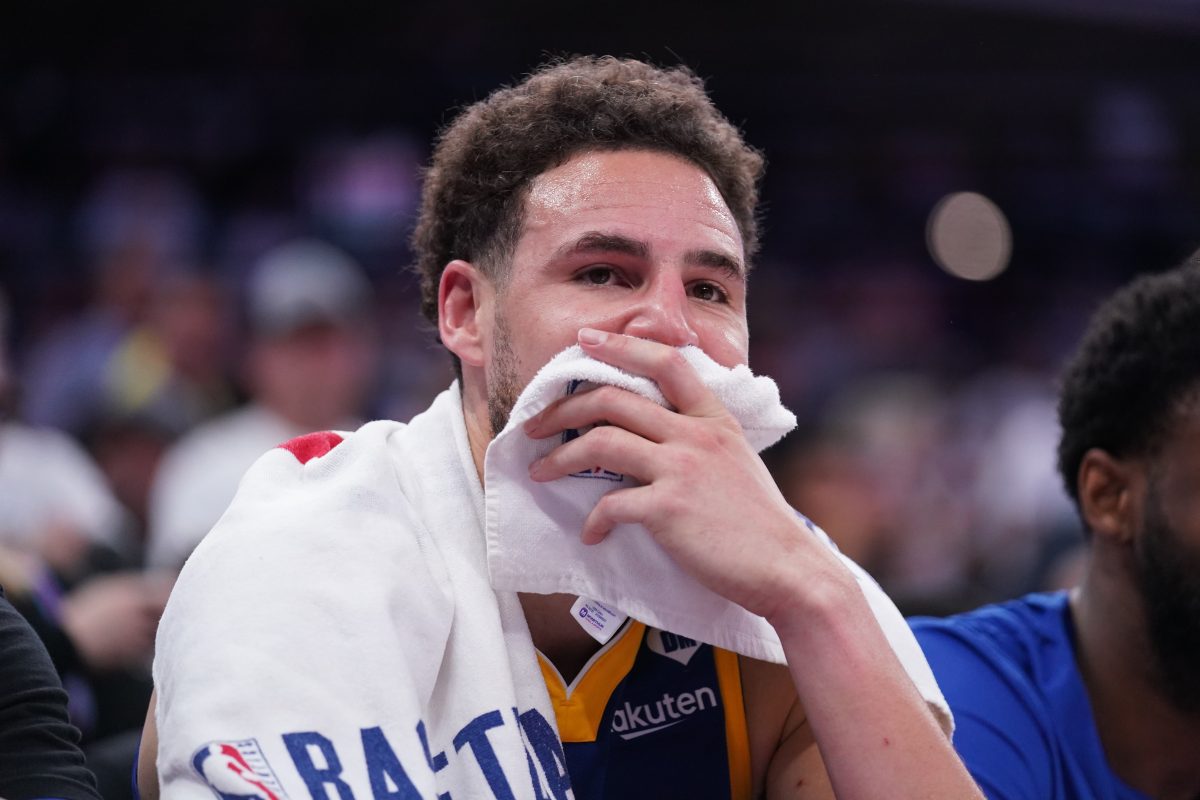The Warriors released an update Sunday on superstar Steph Curry that, to many, sounded more like a lesson in high school Biology class.
“An MRI [Saturday] night confirmed that Curry suffered partial tears to his superior tibiofibular ligaments and interosseous membrane as well as a contusion to his lower leg,” the team said in a statement Sunday.
As NBC Sports Bay Area’s Monte Poole reported Sunday, Curry is expected to be sidelined for a few weeks and will miss at least the team’s next five games. The Warriors are hoping their star guard can return shortly after the All-Star break.
But what did that injury update mean exactly? Dr. Seth Sherman, an orthopedic surgeon for Stanford Medicine, clarified lingering questions surrounding Curry’s diagnosis in an interview with NBC Sports Bay Area.
The “interosseous membrane” mentioned in the statement is “basically a sheet of tissue between the tibia bone and fibula bone,” Sherman said. “And then you have the ligaments down lower, the tibiofibular ligaments, which attach the tibia bone to the fibula.
“That MRI terminology boils down to a partial injury or a high ankle sprain variant.”
A high ankle sprain variant. Got it. Does that mean Curry could miss more than a few weeks?
Golden State Warriors
“The bottom line: High ankle sprains have more variable timeframes than the low ankle variants," Dr. Sherman said. "… Timeframes can vary based to severity of course -- days to weeks, sometimes weeks into months. Fortunately, that’s getting ahead of ourselves in this particular scenario.”
Curry was injured in the third quarter of the Warriors' 119-113 win over the Dallas Mavericks on Saturday. He sustained the injury when the right knee of Dallas guard McKinley Wright IV made contact with Curry's lower left leg.
The Warriors guard has worked his way back from many injuries over his 14-year NBA career, including a left shoulder subluxation that forced him to miss 11 games in December and January.
This recovery process should be no different.
“This is a high ankle variant. If it’s more stable and a low-grade injury, I think there is certainly hope and optimism," Dr. Sherman said. "[Curry], of course, has shown resilience in other injuries in his career. I think he has an outstanding team supporting him, medical and training staff. Certainly, in our experience here at Stanford with similar injuries in a variety of sports, these injuries certainly allow athletes to come back and perform at the highest level.”
RELATED: Simmons explains why trading Kuminga would 'haunt' Warriors
The Warriors have won seven of 15 games without Curry this season. They will need to discover a winning formula without the heart and soul of their team yet again.


